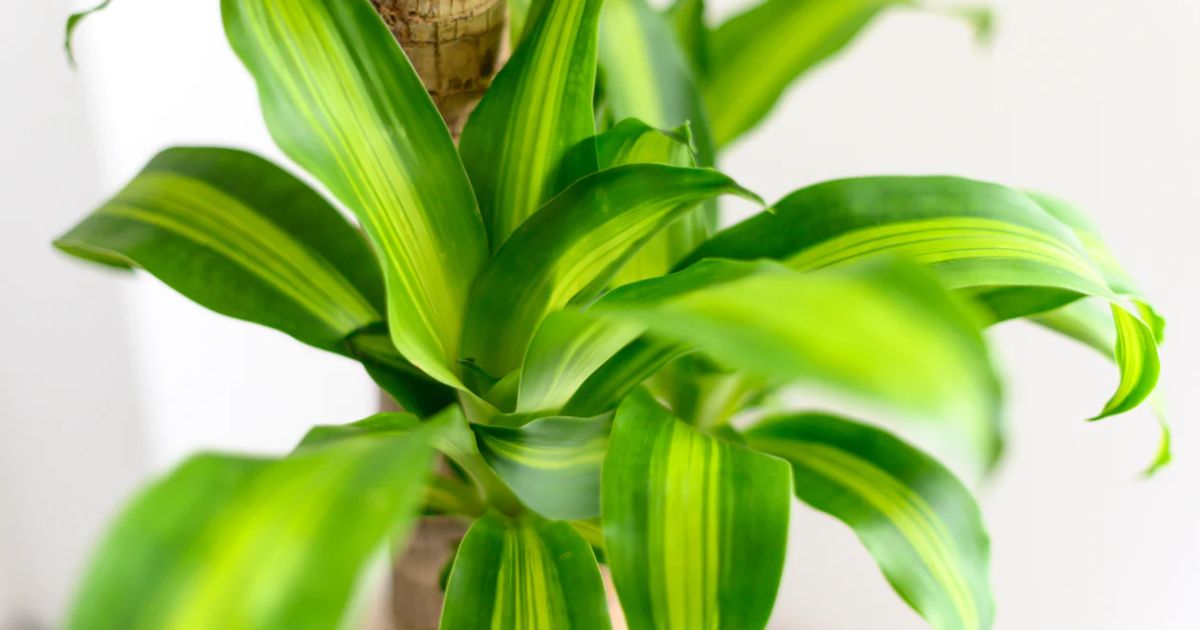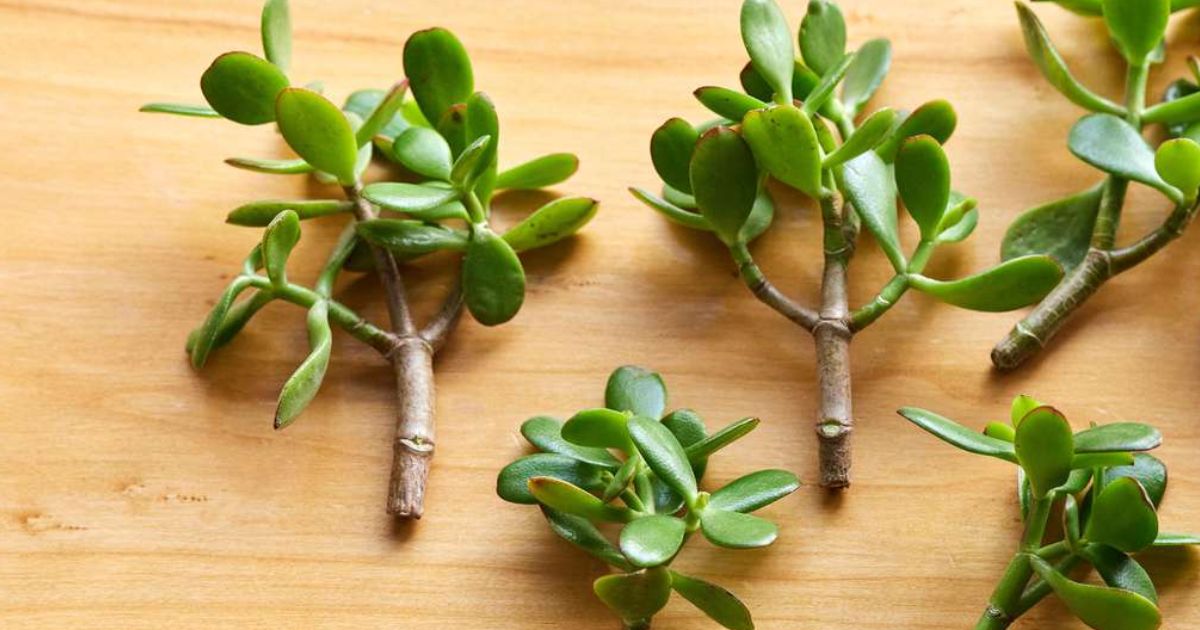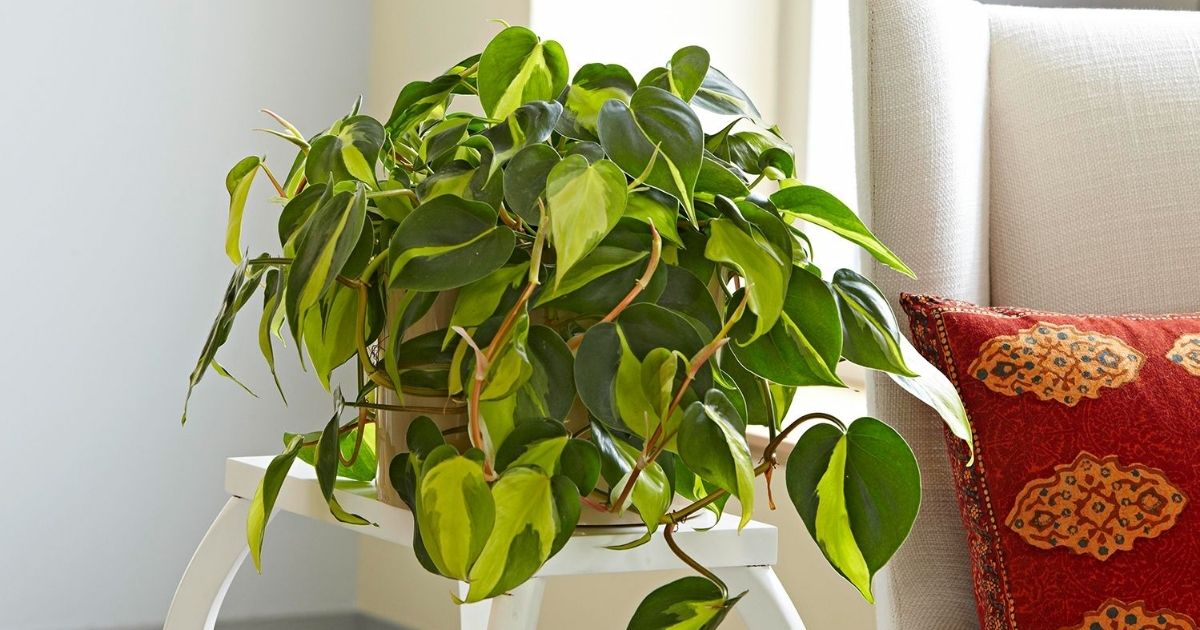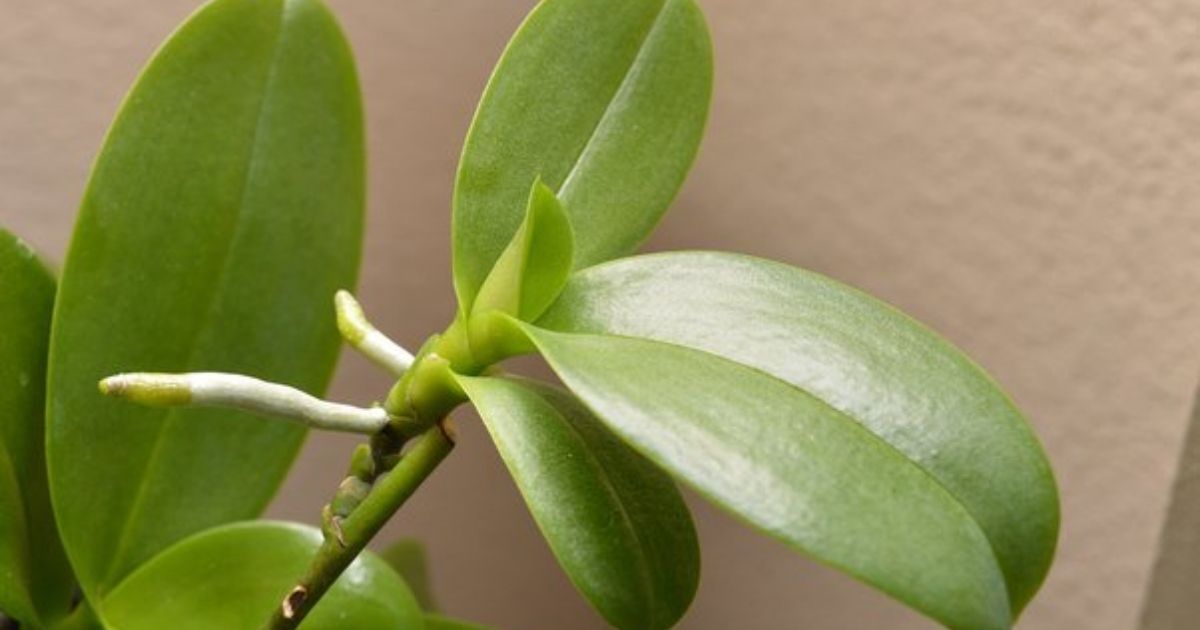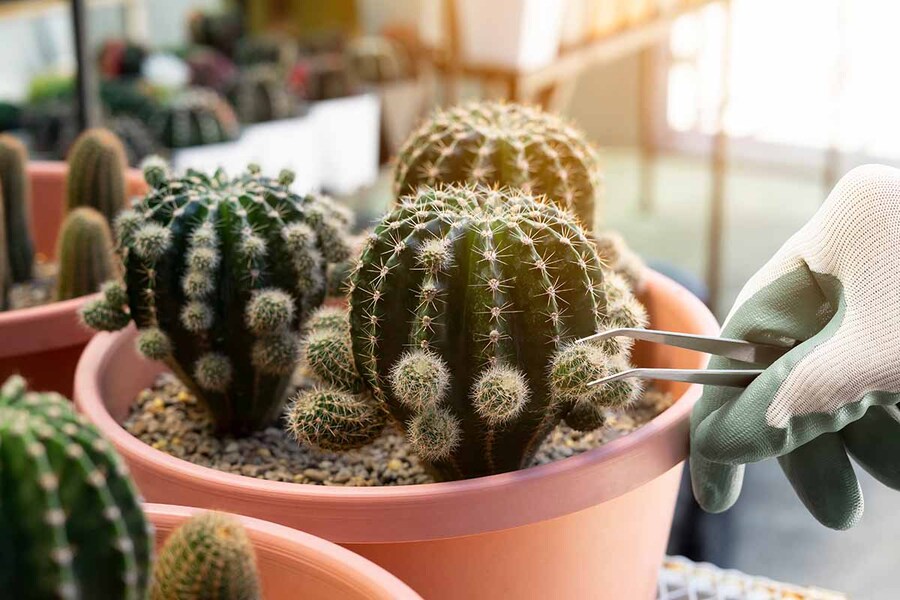How To Propagate Bamboo: Easy Guide For Beginners
How To Propagate Bamboo: 2024 Comprehensive Guide For Beginners
Key takeaways
- Water propagation for lucky bamboo involves placing a cut stem segment in a container filled with water. This method is popular because it is simple and effective, allowing roots to grow directly in water without needing soil.
- Soil propagation for lucky bamboo is planting a healthy stem segment in potting soil, ensuring the node where leaves and roots can form is buried beneath the soil. Plants will have longer lifespans than water propagation due to sufficient nutrients.
- Propagating lucky bamboo from rhizomes involves dividing an established plant's underground stems (rhizomes) to create new plants. Plants can grow robustly as the rhizome contains stored nutrients, stimulating healthy lifespans.
What Is Lucky Bamboo?
Despite its common name, Lucky bamboo is not bamboo but a species of tropical water lily called Dracaena sanderiana. It is native to the rainforests of West Africa, mainly Cameroon. The plant is popular indoors because it's easy to care for and brings good luck and fortune according to feng shui principles
Lucky bamboo can grow in water and soil, though it is often found in decorative containers filled with water and pebbles. Through controlled exposure to light, the plant's stalks can be manipulated into various shapes, such as spirals, braids, or curves.
How To Propagate Lucky Bamboo: 3 Easiest Methods
Lucky bamboo can be propagated in water, soil, or from rhizomes, each requiring specific steps. Read the following section for more details:
1. Propagate In Water
Water propagation means rooting plant cuttings in water instead of soil. It involves cutting—usually a stem or a leaf—from a parent plant and placing it in water, where it develops roots before being transplanted into soil.
With this method, roots will typically begin to grow from the node submerged in water within a few weeks.
Below is how to propagate bamboo in water:
What you'll need:
- Small glass
- Distilled water
Step-by-step guideline:
- Select a healthy, lucky bamboo stalk with several segments and leaves. Look for a green and vigorous stalk.
- Identify a stem section with at least one node (a raised ring from where leaves grow) and one leaf sprout.
- Make clean cuts above and below the node, ensuring each cut is about 2-3 inches long.
- Trim off any excess leaves from the bottom of the cutting to prevent them from decaying in the water. Leave one or two leaves at the top to ensure continued photosynthesis.
- Fill a clean container with bottled or distilled water. Tap water can be used if it's left out for 24 hours to allow chlorine to dissipate.
- Put the container in an area with indirect sunlight. Too much direct sunlight can harm the leaves, while too little light can weaken the plant.
Pro tips:
- If propagating in water, change the water weekly to prevent the growth of algae and bacteria. This keeps the environment healthy for root development.
- If growing in water, add a small amount of liquid fertilizer formulated for water-grown plants every few months to provide the necessary nutrients.
2. Propagate In Soil
Propagating lucky bamboo in the soil means rooting in a potting mix instead of water, resulting in a more stable and long-lasting plant. Below is how to propagate bamboo in soil:
What you'll need:
- Rooting hormone (optional)
- Small container with drainage holes
- Well-draining potting mix
Step-by-step guideline:
- Choose a healthy part of a lucky bamboo plant with at least one node and a couple of healthy leaves. Ensure the parent plant is vigorous and disease-free.
- Cut a section of the stem that includes at least one node (the joint from which leaves grow). The cutting should be about 3-4 inches long.
- Stimulate the growth by applying a rooting hormone to the end of your cutting (Optional).
- Use a well-draining potting mix ideally designed for succulents or tropical plants. Lucky bamboo does not like overly wet conditions. Fill a small pot with this potting mix.
- Make a small hole in the soil with a pencil or your finger. Then, put the bottom end of the cutting into the hole and make sure at least one node is buried under the soil. Gently firm the soil around the base.
- Water the soil lightly just to moisten it, being careful not to saturate it. Lucky bamboo won't thrive in overly wet soil.
- Put the pot in a warm location with indirect sunlight, as direct sunlight can destroy the leaves.
- Once the roots are well established and the plant shows new growth, you can transplant it to a larger pot if necessary, following the same soil and watering guidelines.
See more: How To Propagate Fig Tree: A Comprehensive Guide By Experts
3. Propagate From Rhizomes
Rhizomes are energy storage units that give the new plant a robust start, often resulting in healthier and more vigorous growth than cuttings. Propagating lucky bamboo from rhizomes means using the plant's underground stems to grow new plants.
See how to propagate bamboo from rhizomes below:
What you'll need:
- Sharp knife or pruning shears
- Well-draining potting mix
- Lukewarm water
Step-by-step guideline:
- Choose a healthy and well-established lucky bamboo plant. The rhizomes will be more developed and capable of producing strong new shoots.
- Carefully remove the lucky bamboo from its pot or container. If it grows in water, gently remove it and clear away any pebbles or debris.
- Rinse the root ball and rhizomes under lukewarm water to remove soil or decayed material. This makes it easier to see the rhizomes for cutting.
- Look for thick, horizontal stems or rhizomes that have at least one or two growth nodes (bumps from which leaves or roots can grow)
- Carefully cut the rhizomes from the main plant using a sterilized knife or shears. Make sure each piece has at least one growth node. Each rhizome section should be about 2-3 inches long.
- To ensure good drainage, fill small pots with a well-draining potting mix suitable for tropical plants or a mix designed for succulents.
- Plant each rhizome horizontally, with the growth nodes facing upwards. Cover lightly with soil, ensuring the growth nodes are below the surface.
- Position the pots in an area with indirect light and a stable, warm temperature.
See more: How To Propagate Pine Trees: Step-By-Step Guide for Starters
Tips For Lucky Bamboo Propagation
Understanding how to propagate lucky bamboo is not enough. Bamboo propagation can be enjoyable and successful with the right care and techniques. Below are some helpful tips to increase your success when propagating lucky bamboo:
- Always use clean and sharp scissors or pruning shears to make cuts. This helps prevent the spread of disease and ensures a clean cut that heals better.
- Use clean, chlorine-free water for rooting in water. Tap water should be left out for 24 hours to allow chlorine to evaporate, or you can use distilled or bottled water.
- Lucky bamboo prefers warm temperatures and does not tolerate extreme cold well. Ensure it's kept in an environment between 65-90°F (18 and 32°C).
See more: How To Propagate A Peach Tree: Basic Steps for Beginners.
Frequently Asked Questions
1. Can I Grow Bamboo From A Cutting?
Yes. You will need a mature stem with side shoots or growing culms to propagate a Bambusa plant. It's best to take cuttings during late spring or early summer, after new culms have emerged but before the main growth period begins.
2. Can You Root Bamboo Cuttings In Water?
Yes, you can root bamboo cuttings in water, particularly for true bamboo species. This method is a simple and effective way to propagate new bamboo plants from cuttings.
3. What Are The Methods Of Propagation Of Bamboo?
Lucky bamboo propagation can be done through several methods, including culm cuttings, rhizome cuttings, and layering.
- Culm cuttings involve sections of the stem that include nodes, which are then planted in soil or submerged in water to root.
- Rhizome cuttings use segments of the bamboo's underground stems, planted horizontally in soil to sprout new shoots.
- Layering is a propagation technique where a bent part of a living stem is covered with soil and allowed to form roots while still attached to the parent plant, resulting in a new one.
